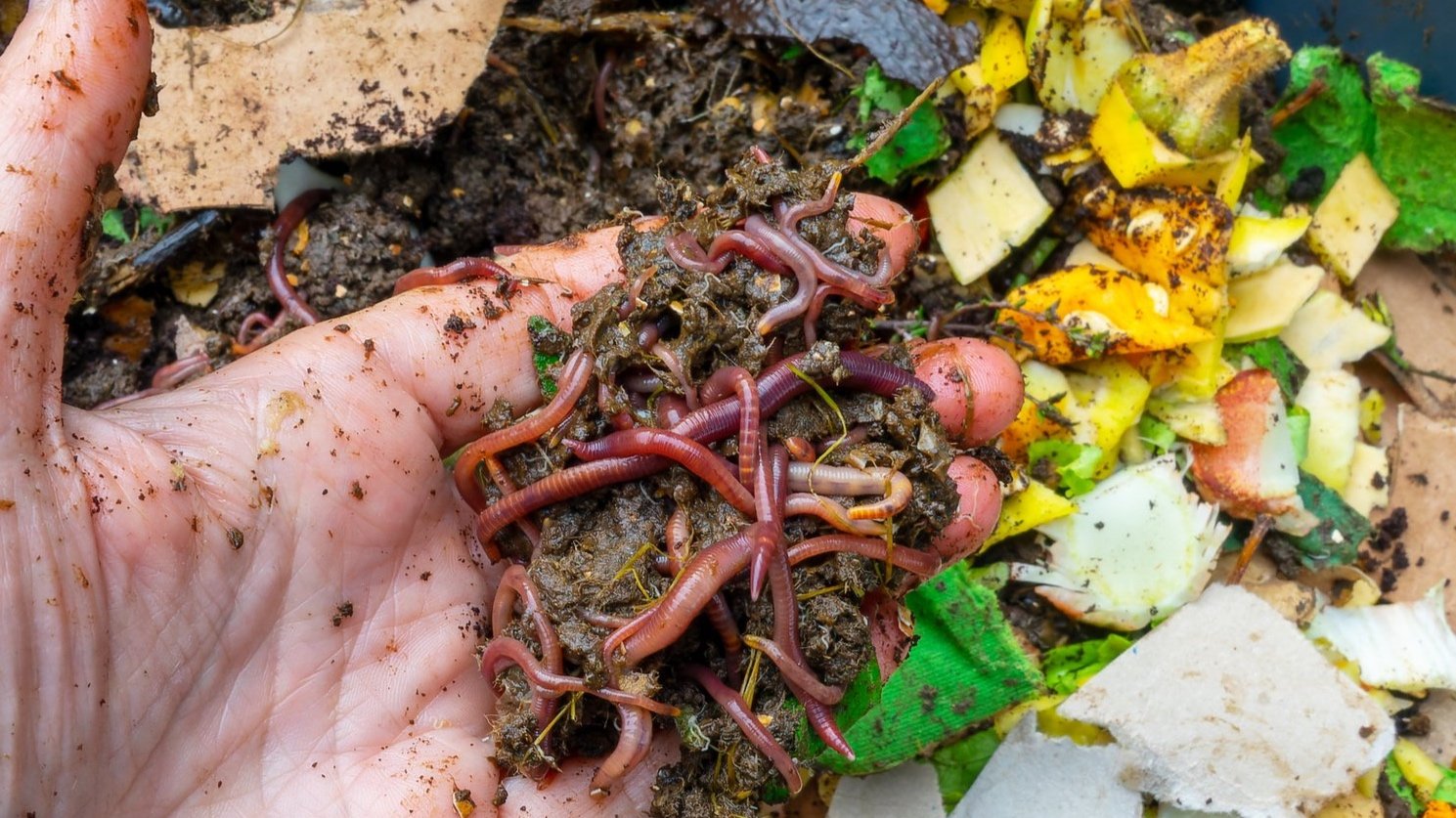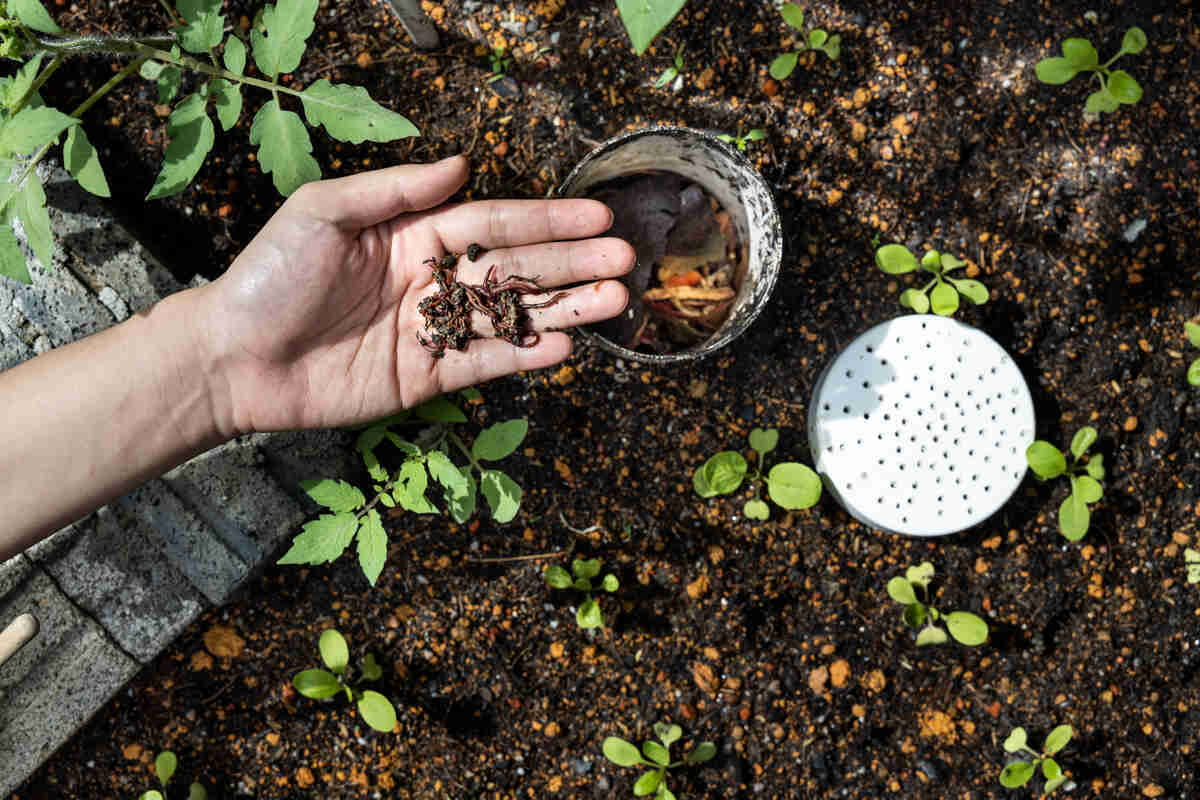Mastering Red Wiggler Composting: Crucial Practices for Healthy Composting
Mastering Red Wiggler Composting: Crucial Practices for Healthy Composting
Blog Article
Taking Advantage Of the Power of Red Wiggler Composting: A Comprehensive Check Out the Environmental and Agricultural Advantages of This Natural Waste Decrease Approach
The technique of red wiggler composting represents a compelling intersection of environmental stewardship and agricultural advancement, supplying a lasting solution to the growing challenges of waste management and soil deterioration. With the natural process of vermicomposting, organic waste is changed right into a beneficial source that not just enriches dirt yet additionally adds to a significant reduction in landfill contributions and greenhouse gas emissions. As we explore the multifaceted benefits of this method, we uncover how it can improve farming techniques and advertise environmental understanding, motivating a better assessment of its prospective effect on our ecological communities and areas.
What Are Red Wiggler Worms?
Red wiggler worms, clinically called Eisenia fetida, are a varieties of earthworm specifically adapted for composting and natural waste break down. These worms grow in the nutrient-rich environment of decaying raw material, making them optimal for vermicomposting systems. Growing to a length of about 3 to 4 inches, red wigglers are identified by their reddish-brown pigmentation and unique banding patterns along their bodies.
Unlike other earthworm species, red wigglers favor to inhabit the upper layers of soil and natural debris, where oxygen degrees are higher and food sources are bountiful. Their physiological adjustments enable them to process natural materials successfully; they possess a strong gastrointestinal system that allows them to convert waste right into nutrient-rich castings, commonly referred to as "black gold" in horticulture and agricultural contexts.
Eisenia fetida plays a crucial function in the ecosystem by promoting the decay procedure, improving soil framework, and promoting microbial activity. Offered their distinct characteristics and environmental importance, red wiggler worms have come to be a central element in lasting waste administration techniques and organic gardening initiatives, contributing substantially to ecological health.
Benefits for Soil Health And Wellness
The incorporation of red wiggler worms in composting systems offers significant benefits for soil health and wellness. These worms play a crucial role in the decay procedure, damaging down organic matter into nutrient-rich vermicompost. This natural fertilizer improves dirt aeration, water, and structure retention, adding to a more favorable environment for plant growth.
Vermicompost is abundant in essential nutrients such as nitrogen, phosphorus, and potassium, which are vital for plant development (Red Wiggler Composting). The presence of beneficial microorganisms in vermicompost further advertises dirt wellness by enhancing nutrition accessibility and suppressing soil-borne pathogens. This vibrant communication promotes a robust soil ecological community that sustains sustainable agricultural practices
Furthermore, red wigglers facilitate the development of humus, a steady raw material that boosts soil fertility and strength. This boosted organic content not just boosts dirt structure but additionally improves its ability to withdraw carbon, mitigating environment modification impacts.
Integrating red wiggler composting into farming systems can, therefore, lead to healthier soils, greater plant yields, and improved sustainability. Consequently, accepting this all-natural waste decrease method can generate profound advantages for both the atmosphere and farming efficiency.
Impact on Waste Decrease
Incorporating red wiggler worms right into composting systems considerably lowers waste, transforming natural materials that would certainly otherwise add to landfills right into valuable compost. This approach, understood as vermicomposting, successfully processes cooking area scraps, yard waste, and various other eco-friendly materials, causing a substantial reduction in the quantity of waste sent to garbage dumps. According to the Environmental Protection Company, natural waste YOURURL.com comprises a considerable section of landfill components, creating harmful greenhouse gases as it disintegrates anaerobically.
By making use of red wigglers, a highly effective composting representative, houses and companies can divert a considerable amount of natural waste from these land fills. Each extra pound of red wigglers can consume and process about half a pound of organic waste daily, causing an impressive reduction in overall waste generation.
Furthermore, the application of vermicomposting supports regional waste administration initiatives and advertises a round economy, wherein waste is transformed into a resource. As communities increasingly adopt this practice, the cumulative effect on waste reduction becomes apparent, promoting a much more sustainable environment and encouraging responsible waste management practices. Embracing red wiggler composting not just minimizes waste problems however likewise enhances community awareness concerning lasting living.
Enhancing Agricultural Practices
Making use of red wiggler worms in farming methods can dramatically boost dirt health and wellness and crop productivity. These worms play a vital duty in the composting procedure, breaking down raw material right into nutrient-rich vermicompost. This all-natural plant food enhances soil water, oygenation, and framework retention, which are vital for robust plant development.
Moreover, the castings generated by red wigglers are rich in important nutrients, such as potassium, phosphorus, and nitrogen, advertising healthier plants with greater yields. The microbial task promoted by these worms also adds to a flourishing dirt environment, enhancing biodiversity and strength against conditions and pests.

Furthermore, making use of vermicompost can improve soil pH degrees, making nutrients extra available to plants. Red Wiggler Composting. As an outcome, farmers can grow healthier crops while concurrently adding to dirt conservation efforts, eventually producing an extra lasting farming future
Getting Going With Composting
Beginning your composting journey needs an understanding of the crucial components and processes involved. The key component in red wiggler composting is natural waste, which can include kitchen area scraps, lawn waste, and paper products. It is vital to keep an equilibrium in between environment-friendly products, abundant in nitrogen, and my company brownish materials, high in carbon. This balance cultivates an optimal atmosphere for red wigglers, which are the crucial microorganisms in this composting technique.
Selecting an appropriate composting system is equally important. Worm containers can be made for outside or interior use, and they ought to offer adequate water drainage and oygenation. It is encouraged to begin with a small number of worms-- approximately one extra pound of red wigglers for every single one pound of waste produced weekly.

Final Thought

The practice of red wiggler composting stands for an engaging crossway of ecological stewardship and farming innovation, supplying a sustainable service to the growing difficulties of waste monitoring and dirt degradation.Additionally, the application of vermicomposting supports local waste monitoring initiatives and promotes a round economic climate, wherein waste is transformed into a resource. As neighborhoods increasingly embrace this practice, the collective impact on waste reduction becomes noticeable, fostering an extra lasting atmosphere and encouraging liable waste monitoring practices. The key ingredient in red wiggler composting is organic waste, which can consist of kitchen scraps, lawn waste, and paper items.In summary, red wiggler composting presents a sustainable option for organic waste monitoring, producing nutrient-rich vermicompost that dramatically enhances soil wellness.
Report this page